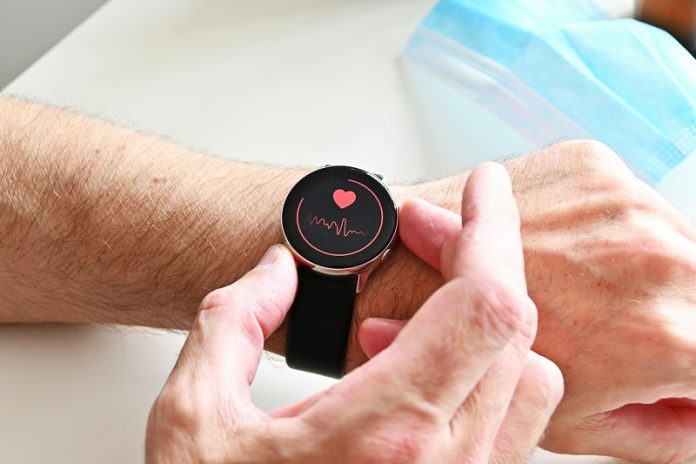
A group of 29 international medical experts is calling for a major change in how we screen for heart disease.
In a recent review published in Circulation, they argue that checking for both high blood pressure (hypertension) and irregular heartbeats (atrial fibrillation) during routine health visits could prevent thousands of strokes and save lives.
The review was led by Professor Teemu Niiranen, a top European expert on hypertension from the University of Turku in Finland. He and his co-authors highlight the dangerous relationship between hypertension and atrial fibrillation (AFib)—a heart condition where the heart beats irregularly and often too fast.
When someone has both high blood pressure and atrial fibrillation, their risk of stroke, heart failure, and even dementia increases dramatically. The two conditions often go hand in hand: high blood pressure can actually lead to the development of atrial fibrillation over time.
“Hypertension and atrial fibrillation are a dangerous combination—one leads to the other, and together they significantly increase the risk of stroke, heart failure, and dementia,” says Professor Niiranen. “This combination is like a ticking time bomb.”
The problem is that AFib often goes undetected. While high blood pressure is routinely measured during doctor visits, atrial fibrillation isn’t usually checked unless a person has symptoms like palpitations or dizziness. However, many people with AFib don’t feel any symptoms at all until they have a stroke—sometimes their first and only warning sign.
That’s why the expert group is urging health professionals to screen for AFib at the same time they check blood pressure. They say this could be done quickly and easily using common tools:
Pulse checks: A 30-second check of the wrist or neck can often reveal an irregular heartbeat.
Blood pressure monitors with alerts: Many home and clinic blood pressure monitors already have a feature that can detect irregular heartbeats and flag possible AFib.
Portable ECG devices: Small, user-friendly devices—including smartwatches—can identify AFib in under a minute.
By adding these simple steps to routine checkups, doctors could catch AFib early and begin treatment, such as prescribing blood thinners to reduce stroke risk. “A simple pulse check or an automatic alert of an irregular heart rate on a blood pressure monitor could mean the difference between early treatment and a life-altering stroke,” Niiranen explains.
The review also points to growing evidence that atrial fibrillation doesn’t just increase stroke risk—it may also raise the chances of developing dementia. This adds urgency to detecting and managing the condition as early as possible.
AFib is the most common sustained heart rhythm disorder worldwide, especially in older adults. But because it’s often silent, many people don’t know they have it until serious complications occur. At the same time, controlling high blood pressure is one of the best ways to prevent AFib in the first place, creating a strong case for pairing the two screenings together.
In summary, this expert review calls on doctors and healthcare systems to rethink routine cardiovascular checks. Screening for atrial fibrillation during blood pressure measurements could be a fast, low-cost, and life-saving step—especially in older adults and those at higher risk.
As Professor Niiranen concludes, “By incorporating atrial fibrillation screening into routine blood pressure screenings, we could identify at-risk patients earlier, start appropriate treatment, and save lives.”
If you care about high blood pressure, please read studies about breakfast for better blood pressure management, and the gut feeling that lowers blood pressure.
For more health information, please see recent studies about how the dash diet helps lower blood pressure, and how to eat your way to healthy blood pressure.
The research findings can be found in Circulation.
Copyright © 2025 Knowridge Science Report. All rights reserved.



